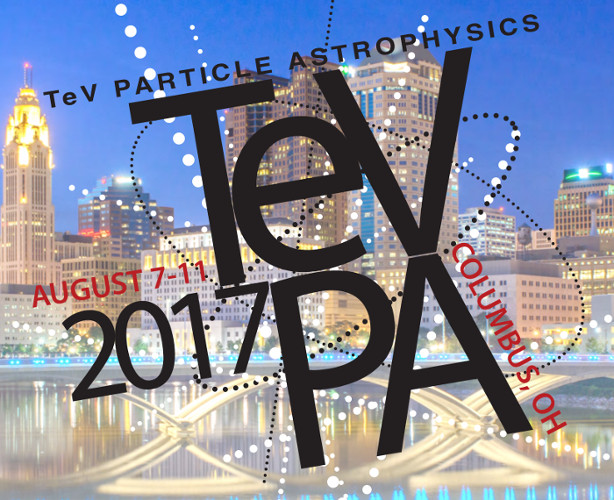Speaker
Description
Fast radio bursts (FRBs) are non-periodic millisecond radio outbursts that are thought to be of astrophysical origin. Since the first FRB was discovered by the Parkes Radio Telescope in 2007, a total of 23 FRBs with unique locations (FRB 121102 has repeated dozens of times) have been observed to date, with multiple radio telescopes. Although the nature of the FRBs is still largely unknown, the high dispersion measures of the FRBs indicate that they are most likely originating from extragalactic sources. A large multitude of models have been proposed to explain the FRB phenomena, most of which involve strong magnetic fields and are of leptonic nature. Currently, there are no concrete models predicting high-energy neutrinos from FRBs, while in principle a strongly magnetized environment such as that from a magnetar could produce short radio bursts due to the volatility of the magnetic fields, and having hadronic processes present at the same time. We will present the results from a recent search for high-energy neutrinos coincident spatially and temporally with FRBs in 6 years of IceCube data.

